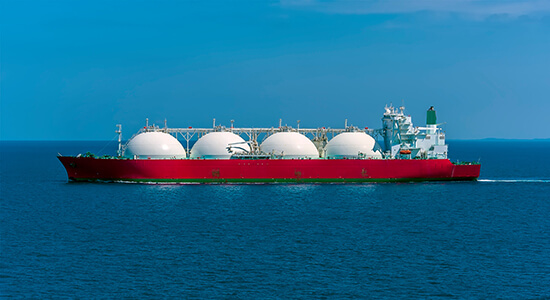This is a lesson summary. The full lesson can be viewed by purchasing an online course subscription.
Learning Objective
In this lesson we will learn about Earth’s main non-renewable resources – soil, rocks, minerals, metals and fossil fuels.
Learning Outcomes
By the end of this lesson you will be able to:
- Define ‘non-renewable resource’.
- Discuss how soil is a non-renewable resource.
- Discuss how rocks, minerals and metals are non-renewable resources.
- Discuss how fossil fuels are non-renewable resources.

(Image: StudioDin, Adobe Stock)
Lesson Summary
- Non-renewable resources are resources that are replenished over long periods of time or not at all.
- Earth’s main non-renewable resources are soil, rocks, minerals, metals and fossil fuels.
- Soil is composed of mineral sediments, water, air and organic matter.
- It plays a critical role in ecosystems and agriculture, providing a growing medium for plants, from which they can extract water and minerals, and providing a habitat for soil organisms.
- Mineral sediments found in soils are the result of weathering, erosion and deposition.
- Weathering is the physical and chemical breakdown of rocks into sediments.
- Erosion is the movement of sediments by wind, water or ice.
- Deposition is the settling of sediments in a new location.
- The formation of mineral sediments occurs over thousands of years. Therefore, soil is a non-renewable resource.
- Rocks are utilised for their structural properties and for the materials they contain.
- They are commonly used in construction and for extracting minerals and metals.
- Rocks are formed over thousands or millions of years through the rock cycle. Therefore, rocks, minerals and metals are non-renewable resources.
- Fossil fuels are formed from the remains of ancient plants and animals that have been subjected to high temperature and pressure over millions of years.
- Fossil fuels store large amounts of chemical energy in the form of hydrocarbons.
- The combustion of fossil fuels converts this energy into heat. It also produces carbon dioxide and water.
- Fossil fuels include coal, oil and natural gas.
- Coal is a sedimentary rock formed from ancient plant matter.
- It is mostly used for generating electricity, producing steel and cement, and for heating.
- Oil (also known as crude oil or petroleum) is a mixture of substances formed from ancient marine plants and animals.
- It can be separated into substances including petrol (gasoline), kerosene and diesel fuel.
- Oil is mostly used as a fuel for transportation, but also for heating, lighting and the manufacture of materials such as plastics.
- Natural gas is a mixture of gases, primarily methane, formed from ancient marine plants and animals.
- It is mostly used for heating and cooking.
- Fossil fuels are non-renewable resources as they are formed over millions of years.
- The burning of fossil fuels has increased the amount of carbon dioxide in the atmosphere, resulting in global warming and climate change.

(Image: Nicola, Adobe Stock)
(Header image: evgenii_v, Adobe Stock)
